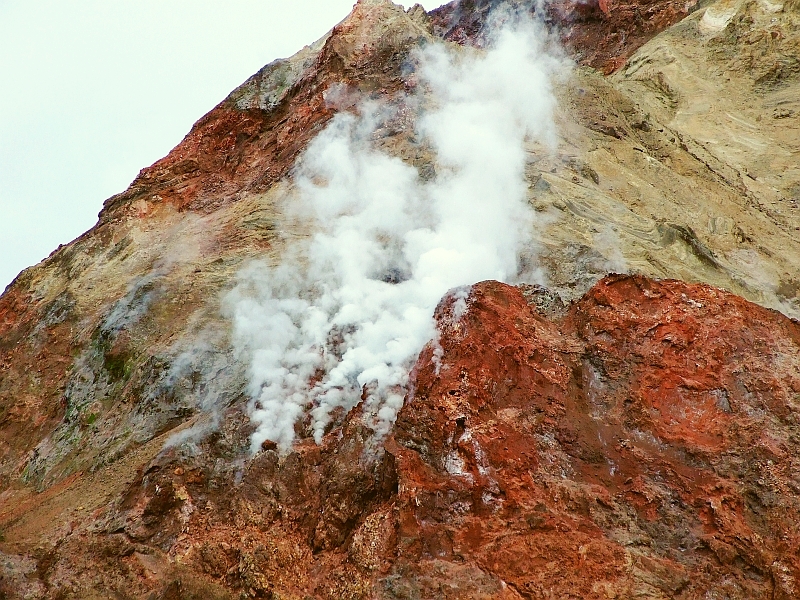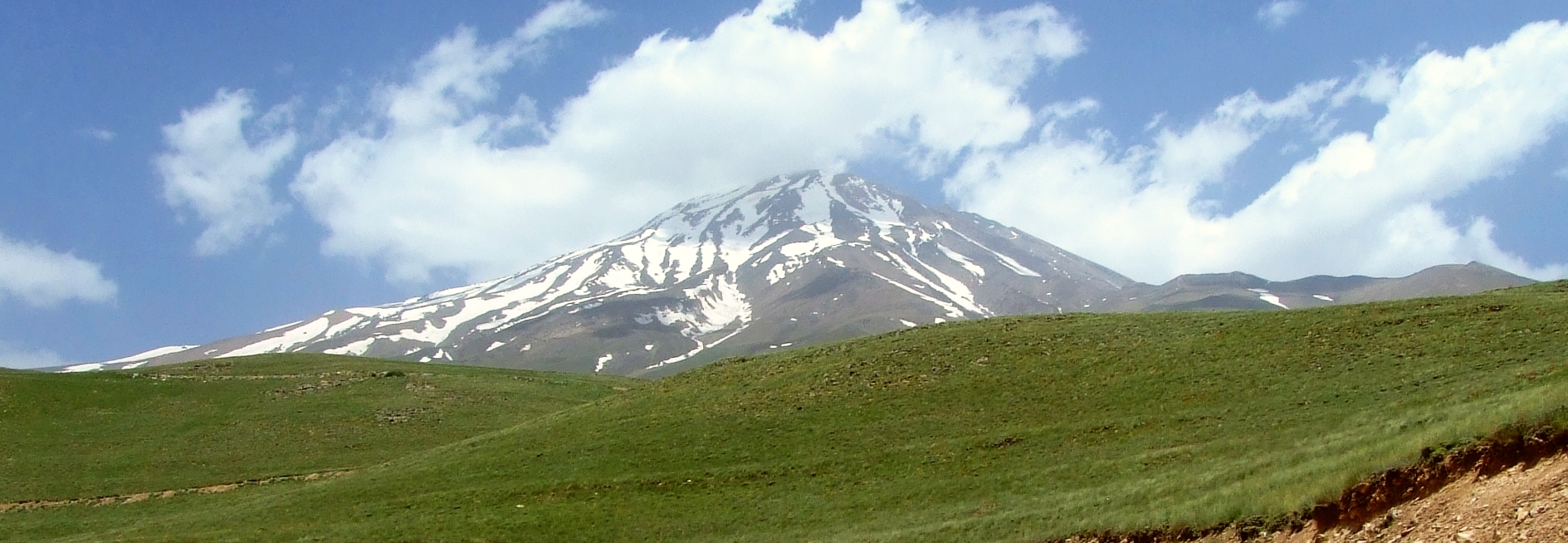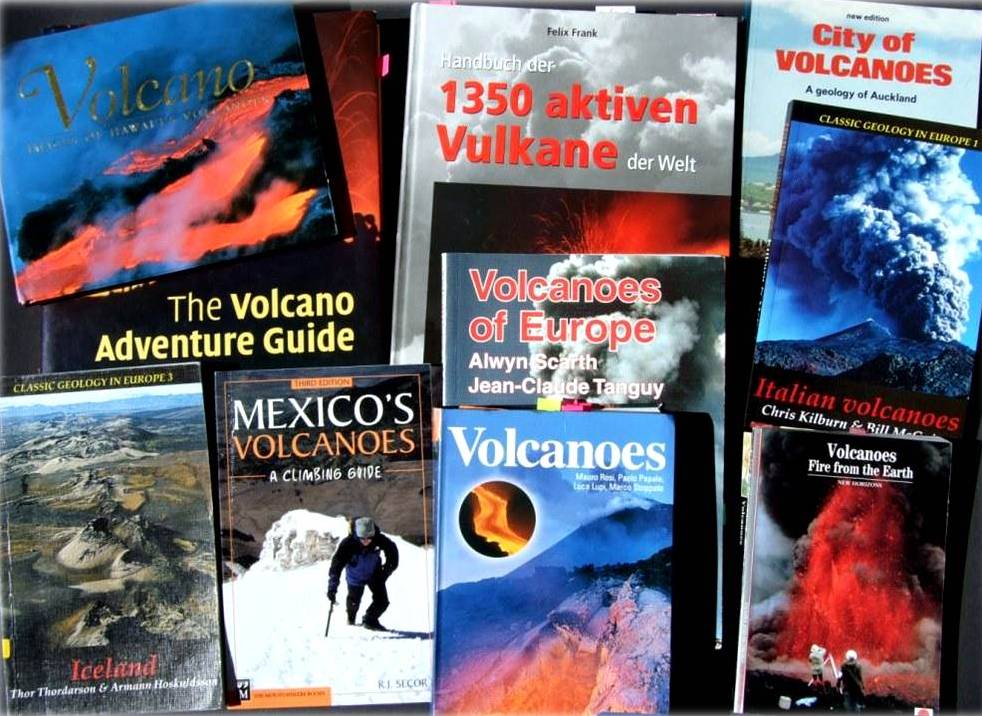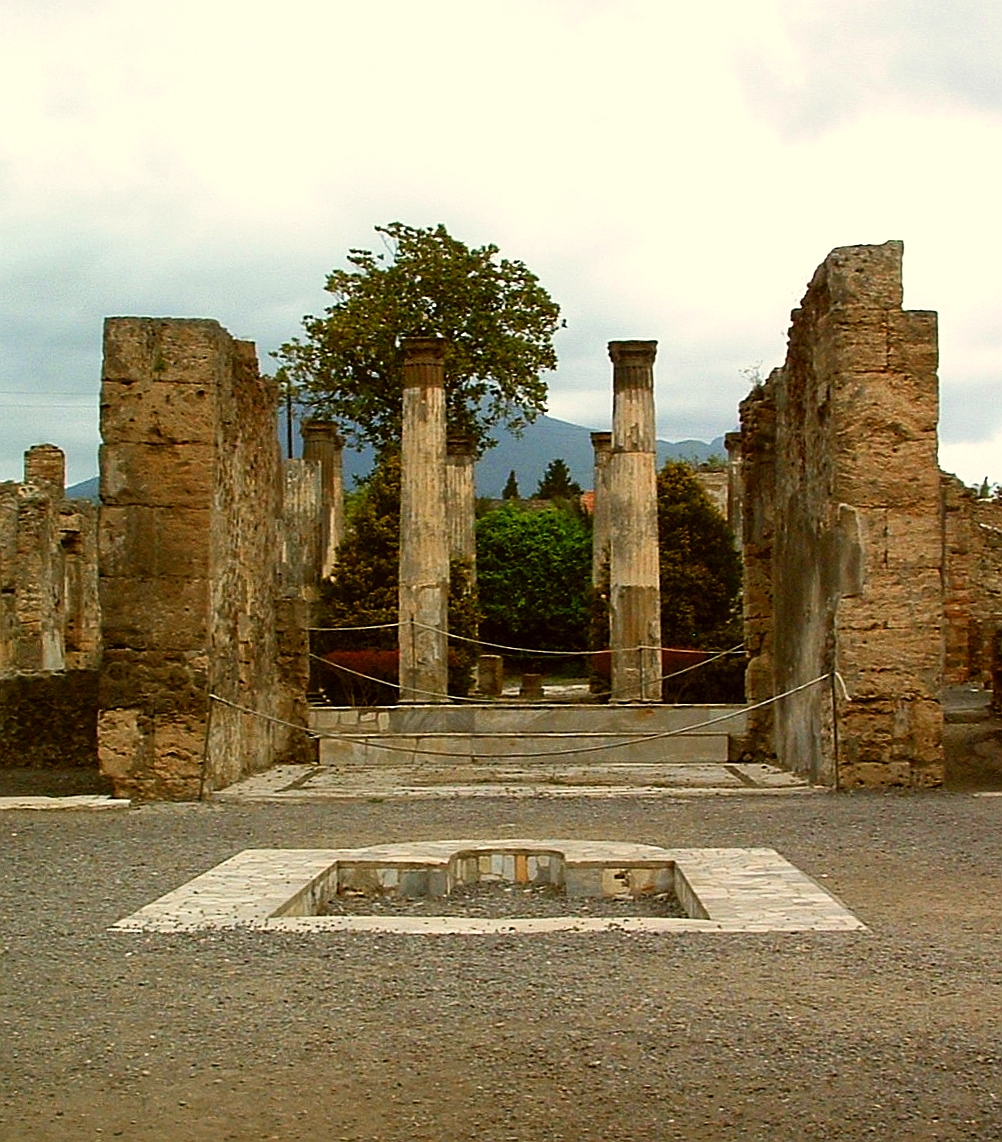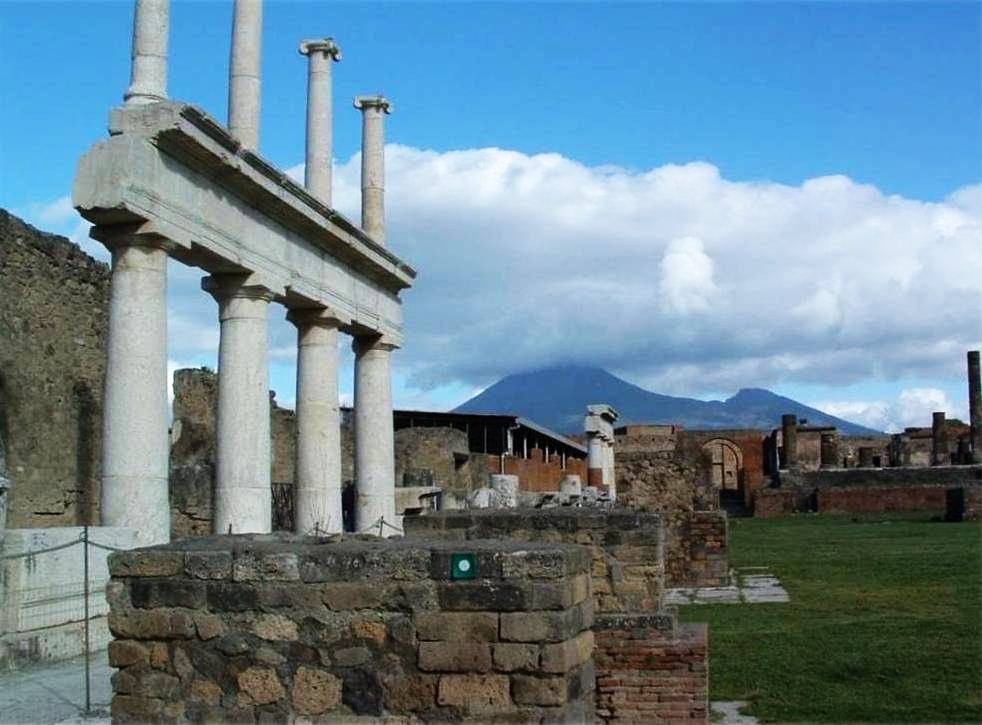Volcano Tourism – Past and Present
Volcano tourism is not new.
For many centuries people have travelled far and wide to witness volcanic activity. Although it was not easy to reach the summit and tourists often had to be dragged up the mountainside.
Today ropeways and helicopters are a common way of transport, and some volcano summits can be reached by simply driving up the mountain.
Below is an artist's impression of assisting people who were unable to reach the top 'under their own steam'.
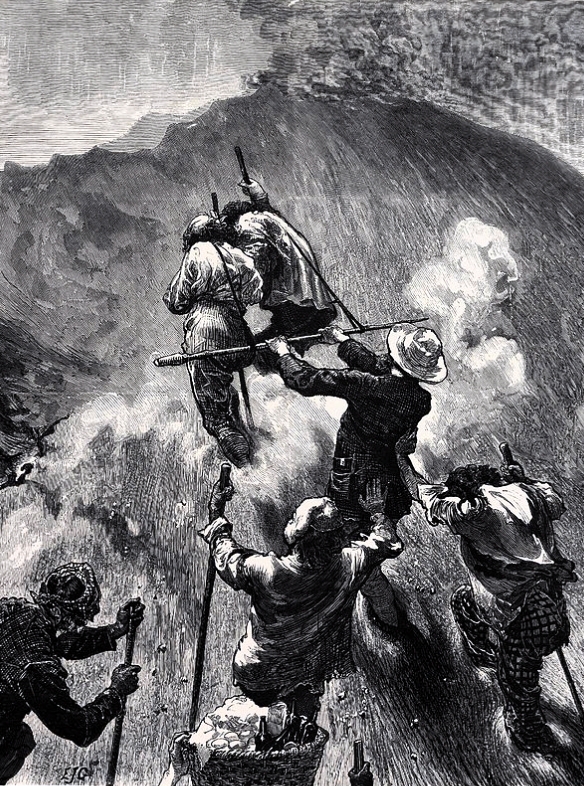
History of Volcano Tourism
Several centuries ago the European 'Grand Tour' would not have been complete without a visit to Naples and Mount Vesuvius to study a natural environment that was so foreign to people from other countries in Europe. In Iceland, the abundance of volcanic and hydrothermal attractions has attracted tourists at least since the eighteenth century.
The volcanic environments of Greece (Santorini, Kos, Milos) and Türkiye (Cappadocia) have been well-known destinations for a long time as well.
Japan's volcanoes, especially Mount Fuji, have drawn visitors for cultural and spiritual reasons as well as for their remarkable landscape features, and most importantly, for the thousands of treasured hot springs (onsen) in the vicinity of active volcanoes.
Other books are aimed at the general public, containing information about different volcanoes and their related landforms with basic introductions to the various types of volcanic activity.
A few of them offer some basic advice on safety while visiting active volcanic and/or hydrothermal environments but usually are focused on a particular region.
Showa Shinzan - Hokkaido
